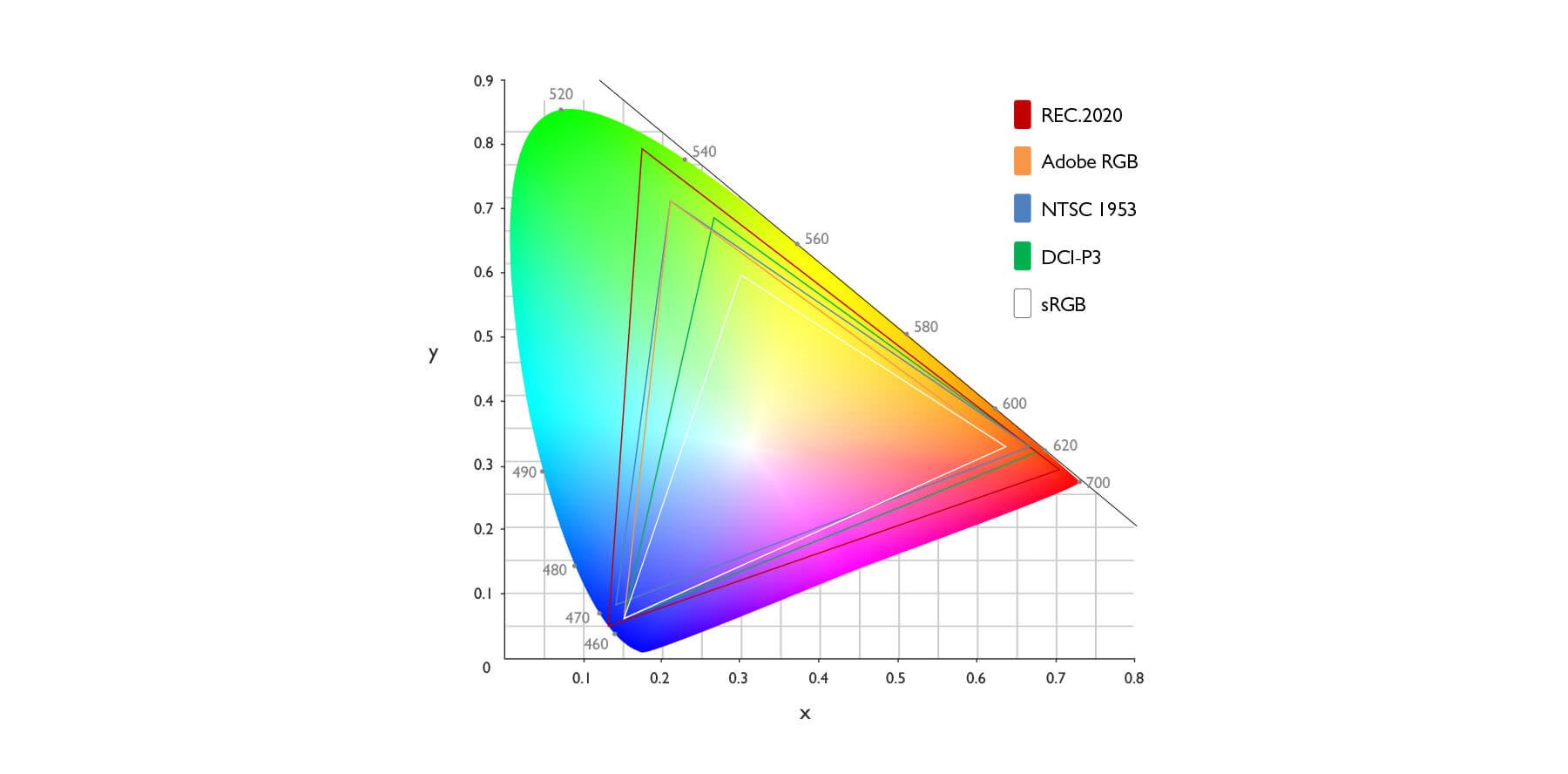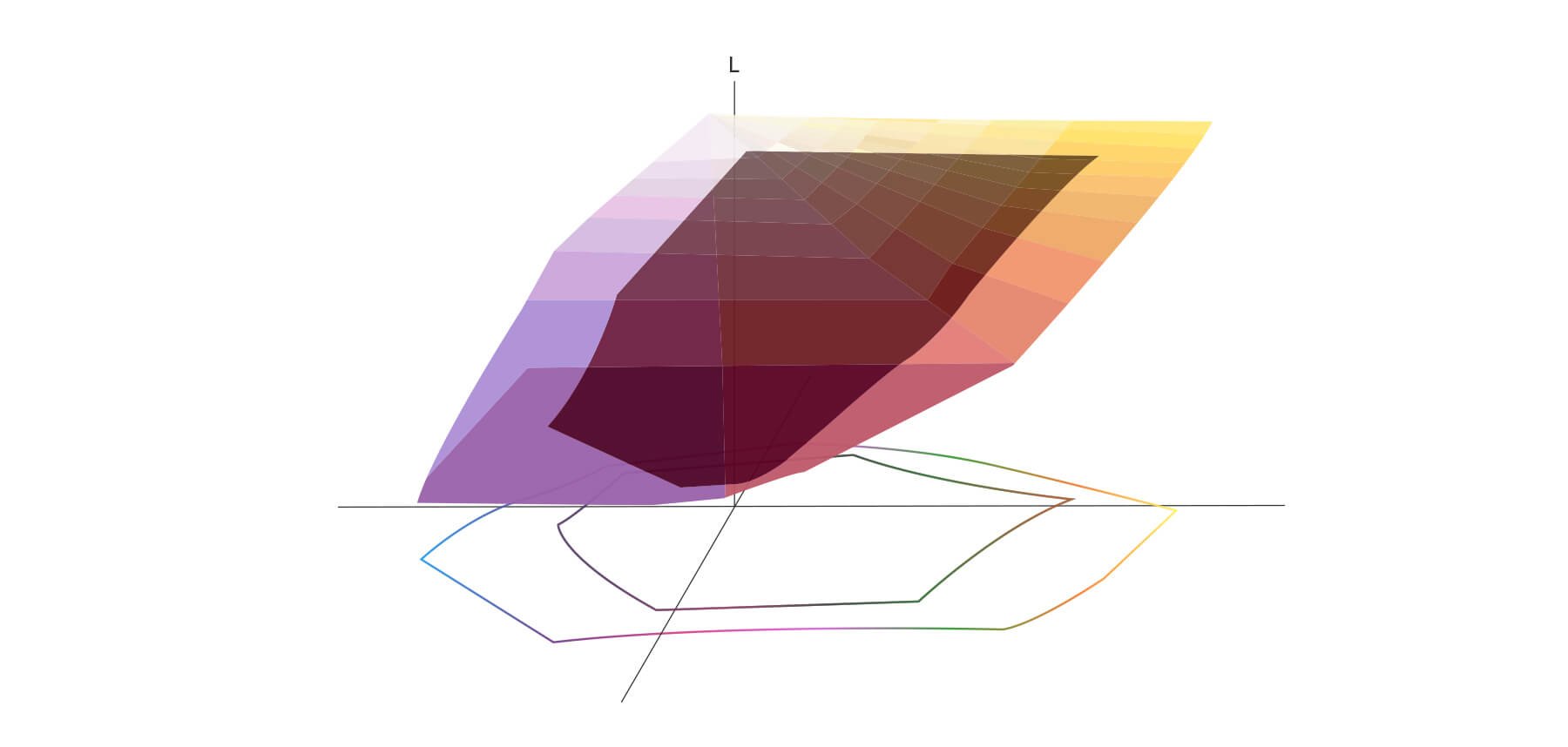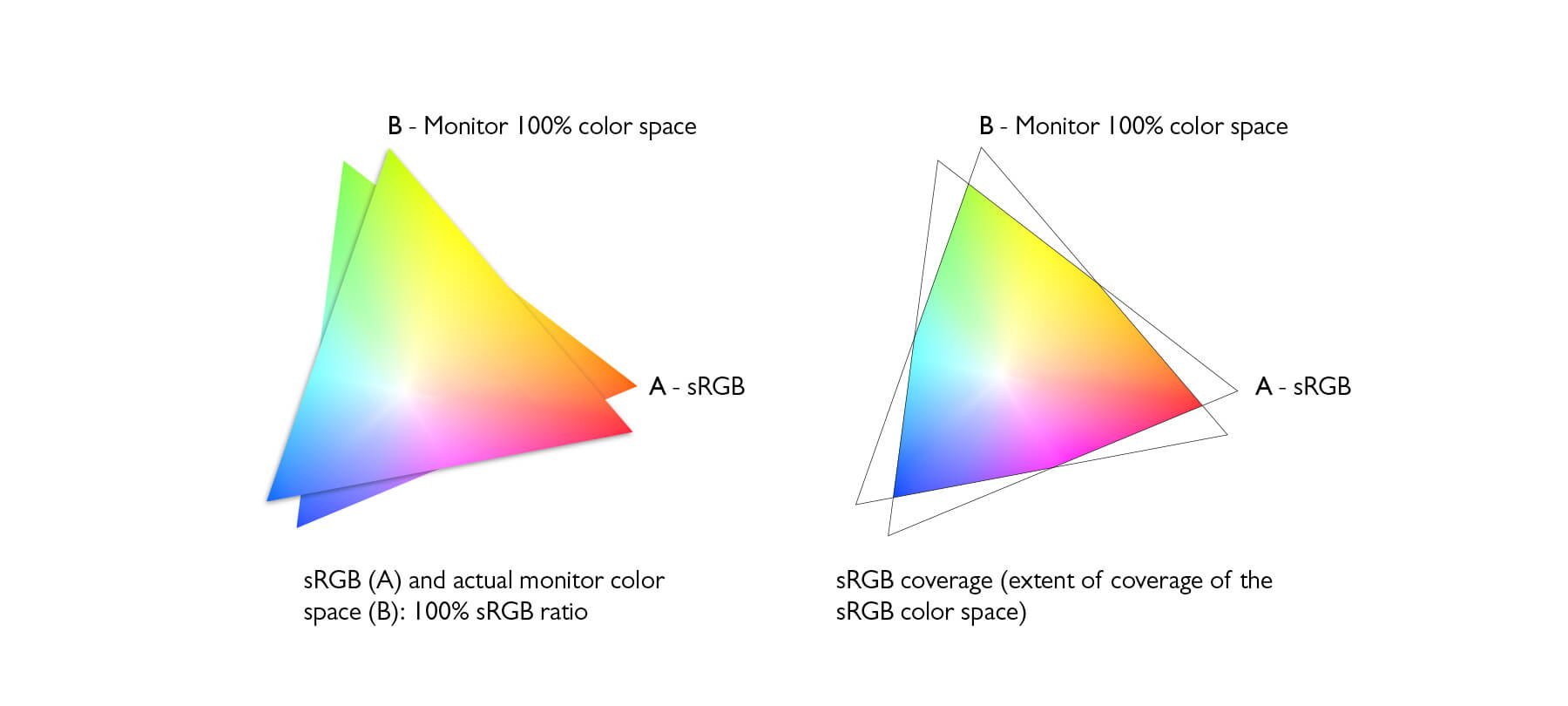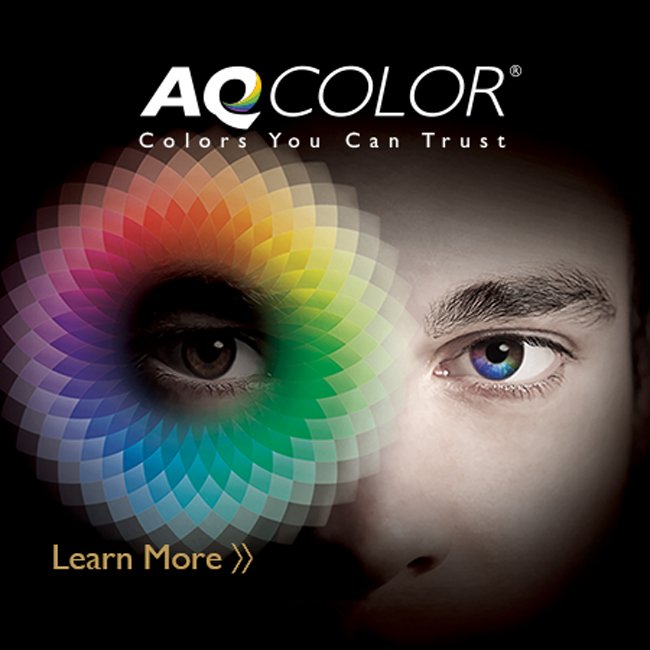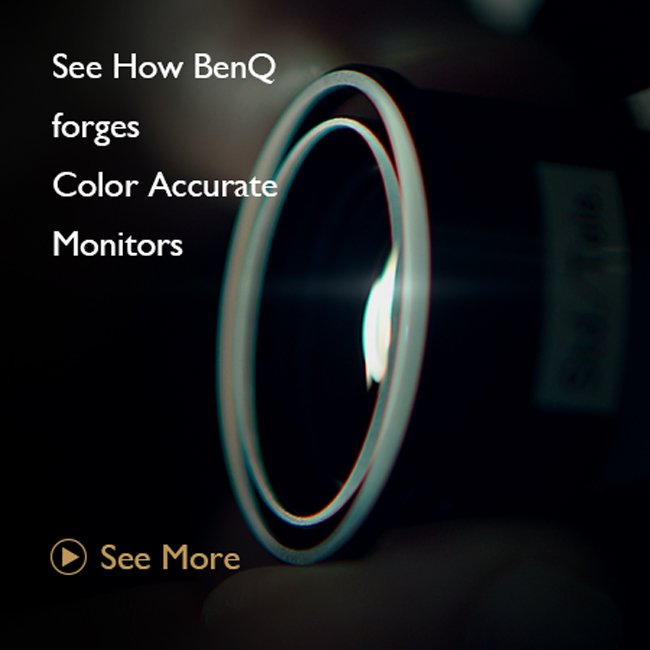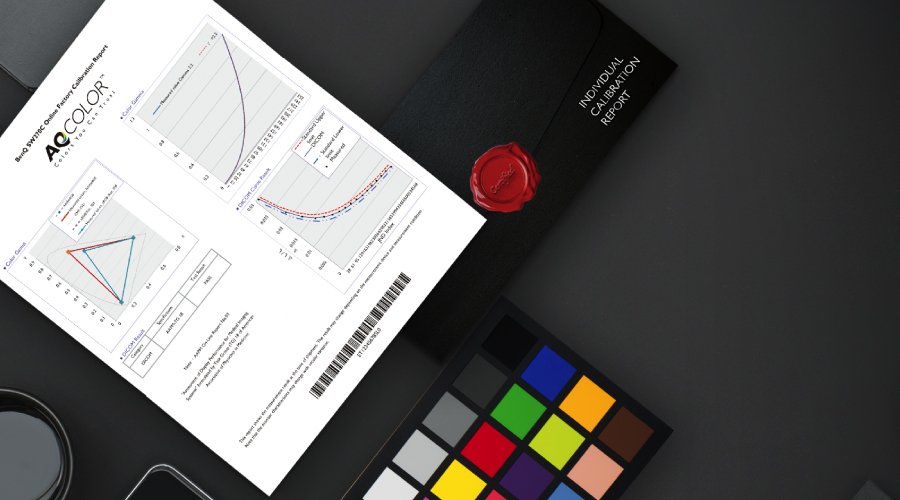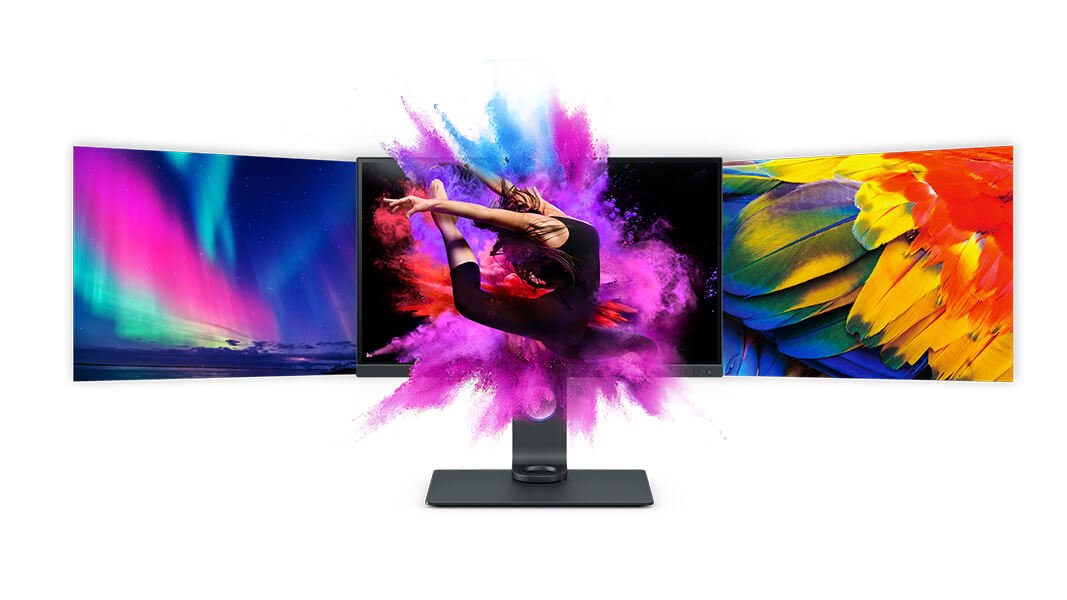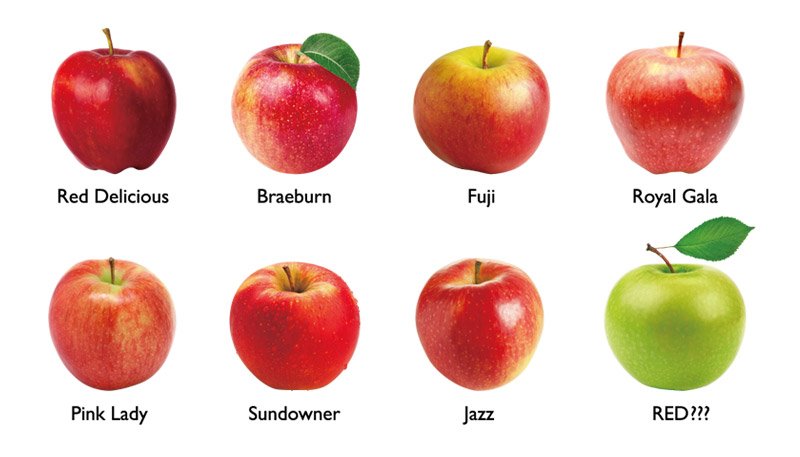However, in order to achieve color fidelity or color management, the exact RGB color coordinates on the chromaticity diagram must be agreed upon. Each pair of color coordinates specifies a distinct or unique color. For example, (x, y) = (0.64, 0.30) is not equal to (x, y) = (0.63, 0.29), even though the numbers are very close to each other. In the display industry, there is also another piece of misleading information. Some panel manufactures or display brands market their monitors as “72% NTSC” in terms of color gamut, claiming to be “sRGB compatible”. Unfortunately, this is not the case. If we take the color coordinates from each color gamut from Table 1 and calculate the area of each color gamut, we can find that the area ratio of sRGB to NTSC is 0.72 to 1. This is where the misleading concept of 72% NTSC equals to sRGB came from. The correct interpretation is “the number of colors that sRGB can reproduce is the same as 72% of NTSC, but the colors being reproduced are not necessarily the same colors.” Because the only constraint on 72% is the area ratio, and there is no information about the RGB color coordinates. Hence, we cannot say 72% NTSC color gamut is equal to sRGB color gamut. Therefore, it only makes sense when we talk about “coverage rate” when comparing two color gamuts. An example can be seen in Figure 3. On the left-hand side, both color gamuts have the same area ratio, but they do not 100% cover each other. On the right-hand side, only a certain amount of the monitor color gamut covers sRGB, and it's not 100%. It is clear that this particular monitor cannot reproduce 100% of the sRGB color gamut.
